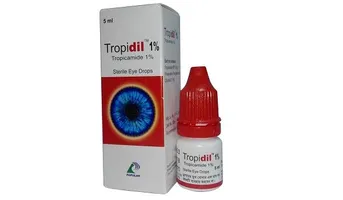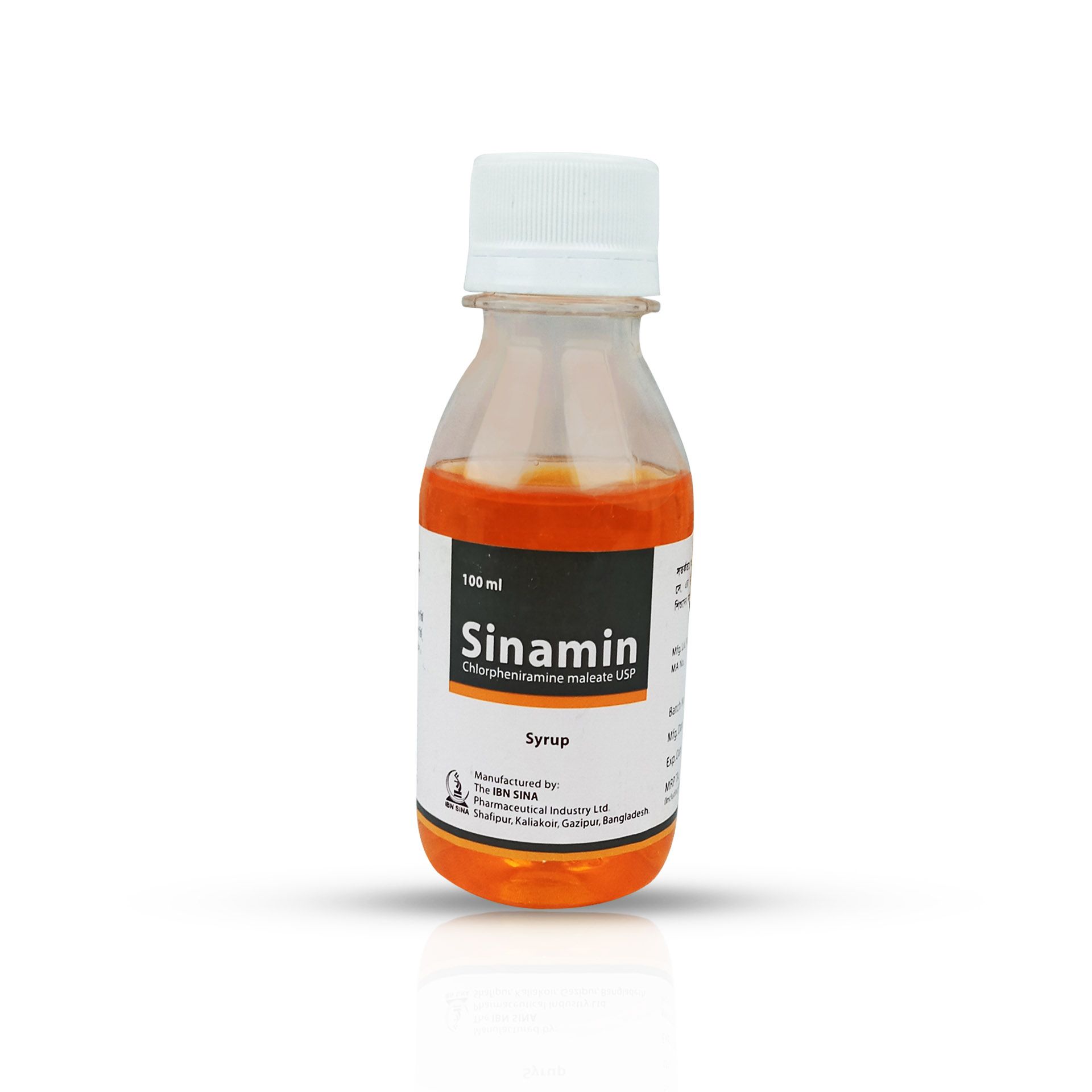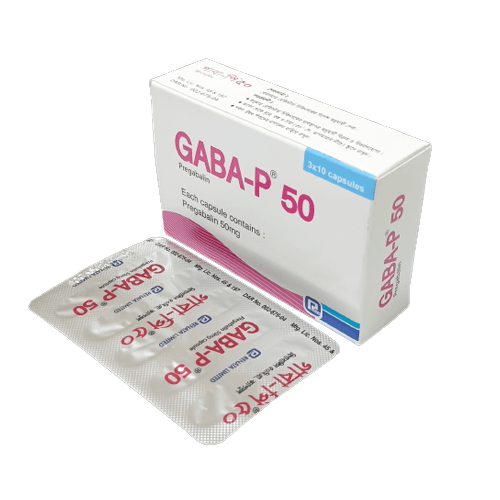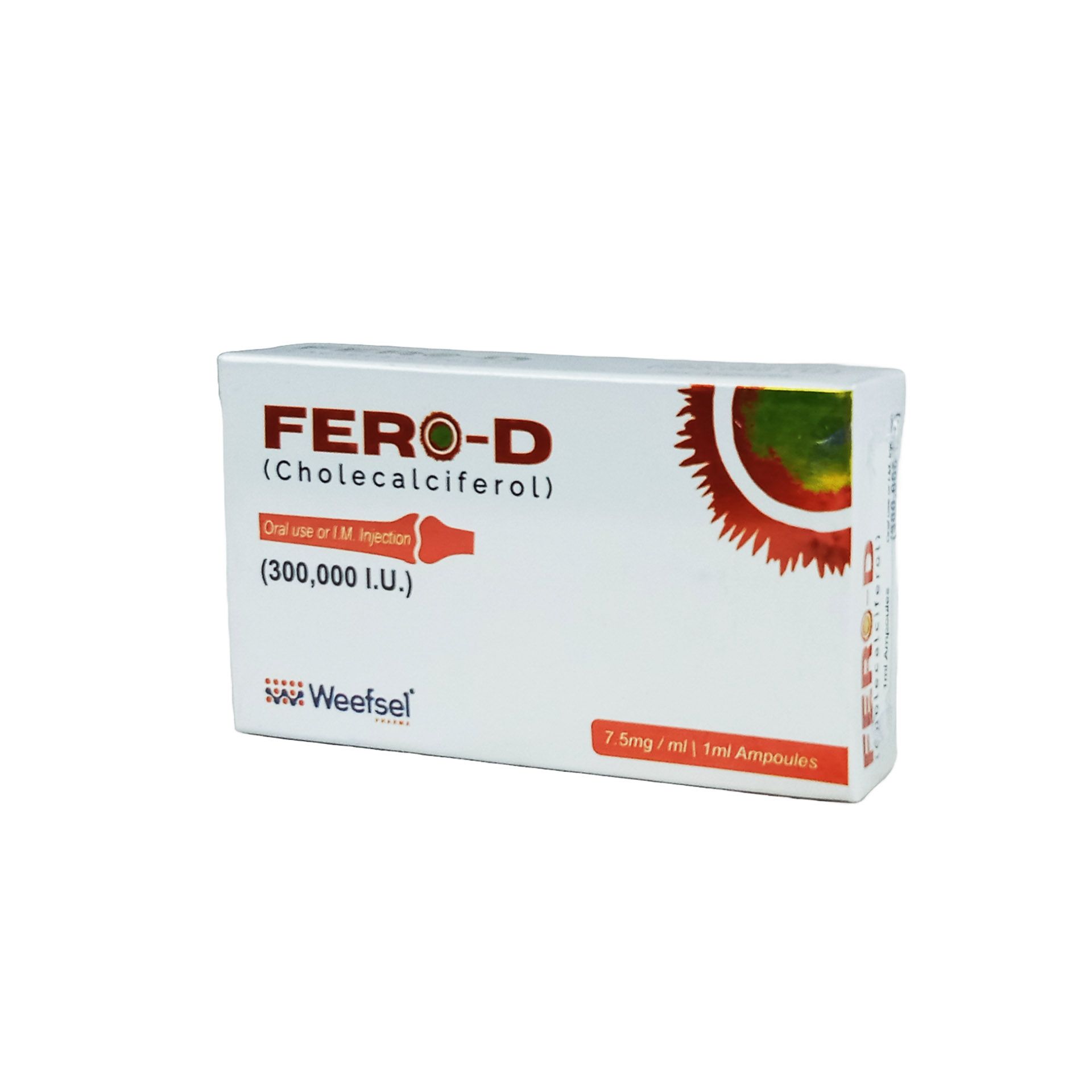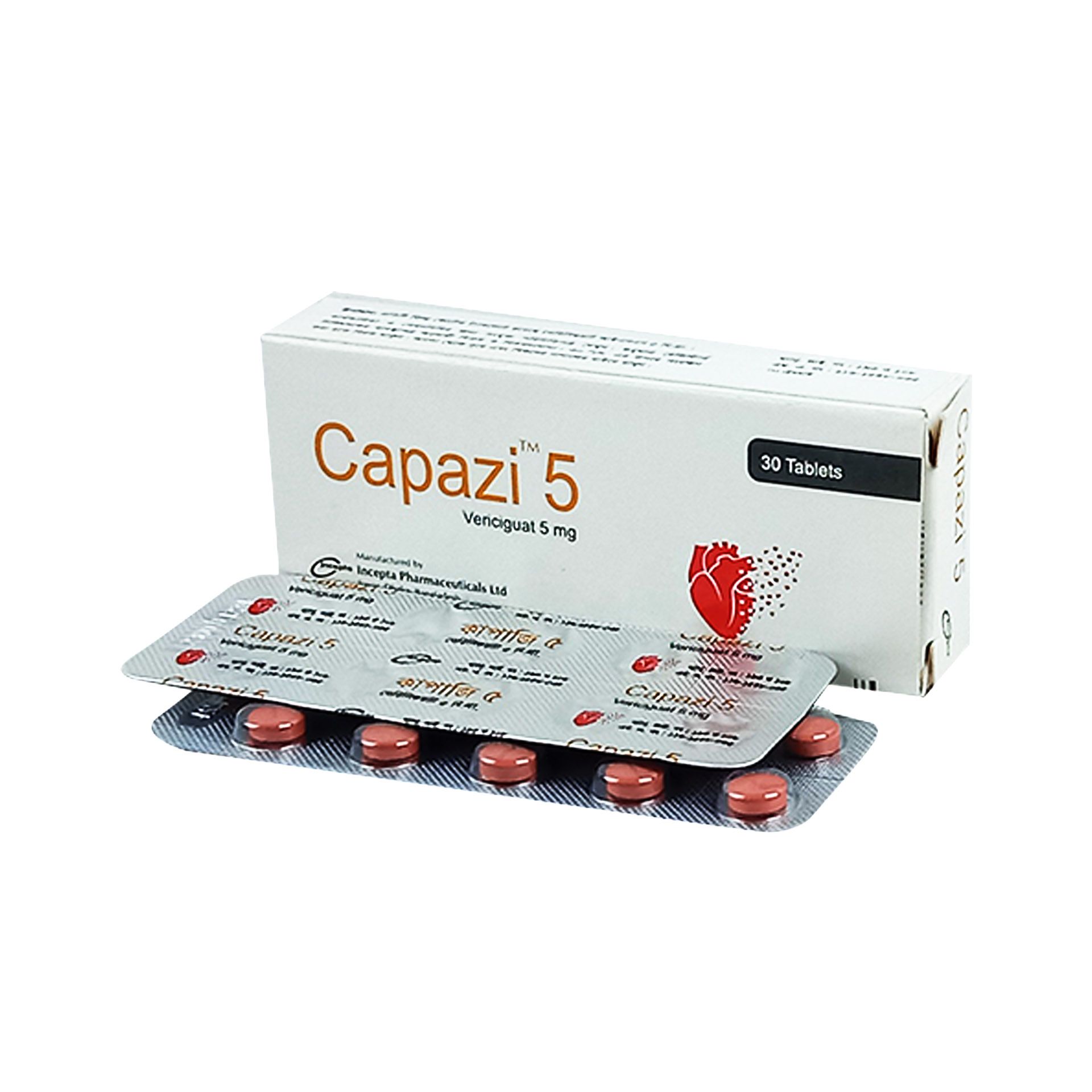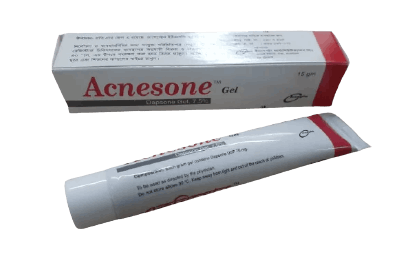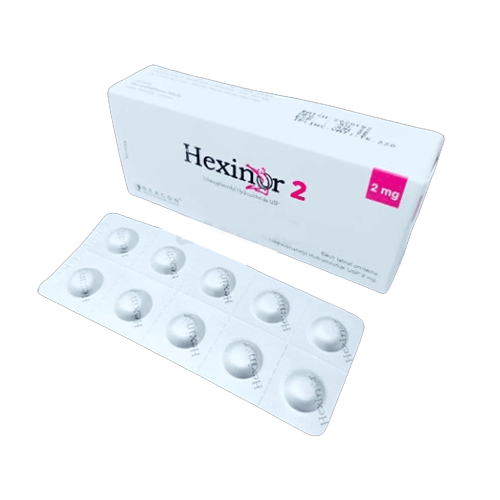



Hexinor 2 Tablet - (2mg)
(0
reviews)
Sold by
Ashik Medical
Price
৳49.00
৳55.00
/pc
-11%
Club Point:
20
Refund
Not Applicable
Share
Top Selling Products
-
৳76.50
৳85.00 -
৳27.00
৳30.00 -
৳126.00
৳140.00 -
৳342.00
৳380.00 -
৳450.00
৳500.00 -
৳135.00
৳150.00
Reviews & Ratings
0
out of 5.0
(0
reviews)
There have been no reviews for this product yet.
Introduction
Hexinor 2 is used with other medicines to treat Parkinson’s disease. It’s also used to treat severe movement side effects caused by certain drugs (drug-induced movemnet disorder). Hexinor 2 should be taken empty stomach as it reduces the side effects of this medicine. It should be taken at the same time each day, this helps to maintain a consistent level of medicine in the body. Take this medicine in the dose and duration as advised by your doctor and if you have missed a dose, take it as soon as you remember. Do not skip any doses and finish the full course of treatment even if you feel better. It is important that this medication is not stopped suddenly without talking to the doctor as it may result in a worsening of symptoms. Some common side effects of this medicine include nausea, vomiting, constipation, and blurred vision. It even causes dizziness and sleepiness, so do not drive or do anything that requires mental focus until you know how this medicine affects you. Dry mouth may occur commonly while using this medicine so, try to do frequent mouth rinses, maintain good oral hygiene, and increase water intake. Avoid wearing contact lenses as it may cause dry eyes as well. It is important to inform your doctor if you suffer from glaucoma or have trouble in passing urine. Before using Hexinor 2, you should tell your doctor if you've ever had heart problems, problems with passing urine, liver or kidney disease. It may also affect, or be affected by, some other drugs you are using so let your doctor know what these are to be safe. Pregnant or breastfeeding mothers should consult their doctor before starting treatment with this medicine.
Uses of Hexinor 2
- Parkinson's disease
- Drug induced abnormal movements
Side effects of Hexinor 2
Common
- Dryness in mouth
- Nausea
- Vomiting
- Constipation
- Blurred vision
- Dizziness
- Upset stomach
- Headache
- Difficulty in urination
- Nervousness
How to use Hexinor 2
Take this medicine in the dose and duration as advised by your doctor. Swallow it as a whole. Do not chew, crush or break it. Hexinor 2 is to be taken empty stomach.
How Hexinor 2 works
Hexinor 2 is an anticholinergic medication. It works by decreasing the activity of a chemical messenger (acetylcholine) in the brain. This improves muscle control and reduces stiffness in Parkinson's disease. It also improves movement disorder (restlessness, involuntary movements or muscle spasm) caused by certain other medicines.
Quick Tips
- Dry mouth may occur as a side effect. Frequent mouth rinses, good oral hygiene, increased water intake and sugarless candy may help.
- It may cause dry eyes. Avoid wearing contact lenses and inform your doctor if it bothers you.
- It may cause dizziness and sleepiness. Do not drive or do anything requiring concentration until you know how it affects you.
- Monitoring of intraocular pressure is required while taking this medicine, as an increase in eye pressure may cause blurry vision.
- Inform your doctor if you suffer from glaucoma or if you have trouble passing urine.
Brief Description
Indication
Extrapyramidal symptoms, Parkinsonism (postencephalitic, arteriosclerotic & idiopathic)
Administration
Should be taken with food. Best taken w/ meals. Take before meals if dry mouth occurs, after meals if drooling/nausea occurs. Take at the same time each day.
Adult Dose
Oral Drug-induced extrapyramidal symptoms Adult: 5-15 mg/day PO divided q6-8hr Parkinson Disease Adult: Initially, 1 mg daily, gradually increased at intervals of 3-5 days by increments of 2 mg until 6-10 mg daily in 3-4 divided doses. Maintenance: 5-15 mg/day PO divided q6-8hr Parkinsonism Adult: 5-15 mg/day PO divided q6-8hr Elderly: May require lower doses.
Child Dose
Safety and efficacy not established
Contraindication
Patients with closed-angle glaucoma, chronic pulmonary disease, sick sinus syndrome, thyrotoxicosis, cardiac failure with tachycardia.
Mode of Action
Trihexyphenidyl HCl is a tertiary amine antimuscarinic which exerts a direct inhibitory effect on the parasympathetic nervous system. It also exhibits a direct spasmolytic action on smooth muscle, weak mydriatic, antisialagogue and cardiovagal blocking effects.
Precaution
Patient w/ arteriosclerosis, history of drug idiosyncrasy. CV disease, glaucoma, GI obstruction, prostatic hyperplasia and/or urinary stricture. Not intended for treatment of tardive dyskinesia. Avoid abrupt withdrawal. Hepatic and renal impairment. Elderly. Pregnancy and lactation. Patient Counselling May impair mental or physical abilities e.g. operating machinery or driving. Monitoring Parameters Perform gonioscopic examination prior to initiation of therapy. Monitor intraocular pressure at regular intervals during prolonged treatment.
Side Effect
>10% Anticholinergic side effects (30-50%), Rash <1% Suppurative parotitis,Hallucination,Paralytic ileus
Interaction
Increased antimuscarinic side effects w/ phenothiazines, clozapine, antihistamines, disopyramide, nefopam and amantadine. Synergistic effect when concomitantly used w/ TCAs. Concurrent admin w/ MAOIs may cause dry mouth, blurred vision, urinary hesitancy or retention and constipation. May antagonise effect of metoclopramide and domperidone on GI function. Reduced absorption of levodopa. May antagonise effect of parasympathomimetics.
Frequently Bought Products
Product Queries (0)
Login Or Registerto submit your questions to seller
Other Questions
No none asked to seller yet
Top Selling Products
-
৳76.50
৳85.00 -
৳27.00
৳30.00 -
৳126.00
৳140.00 -
৳342.00
৳380.00 -
৳450.00
৳500.00 -
৳135.00
৳150.00

